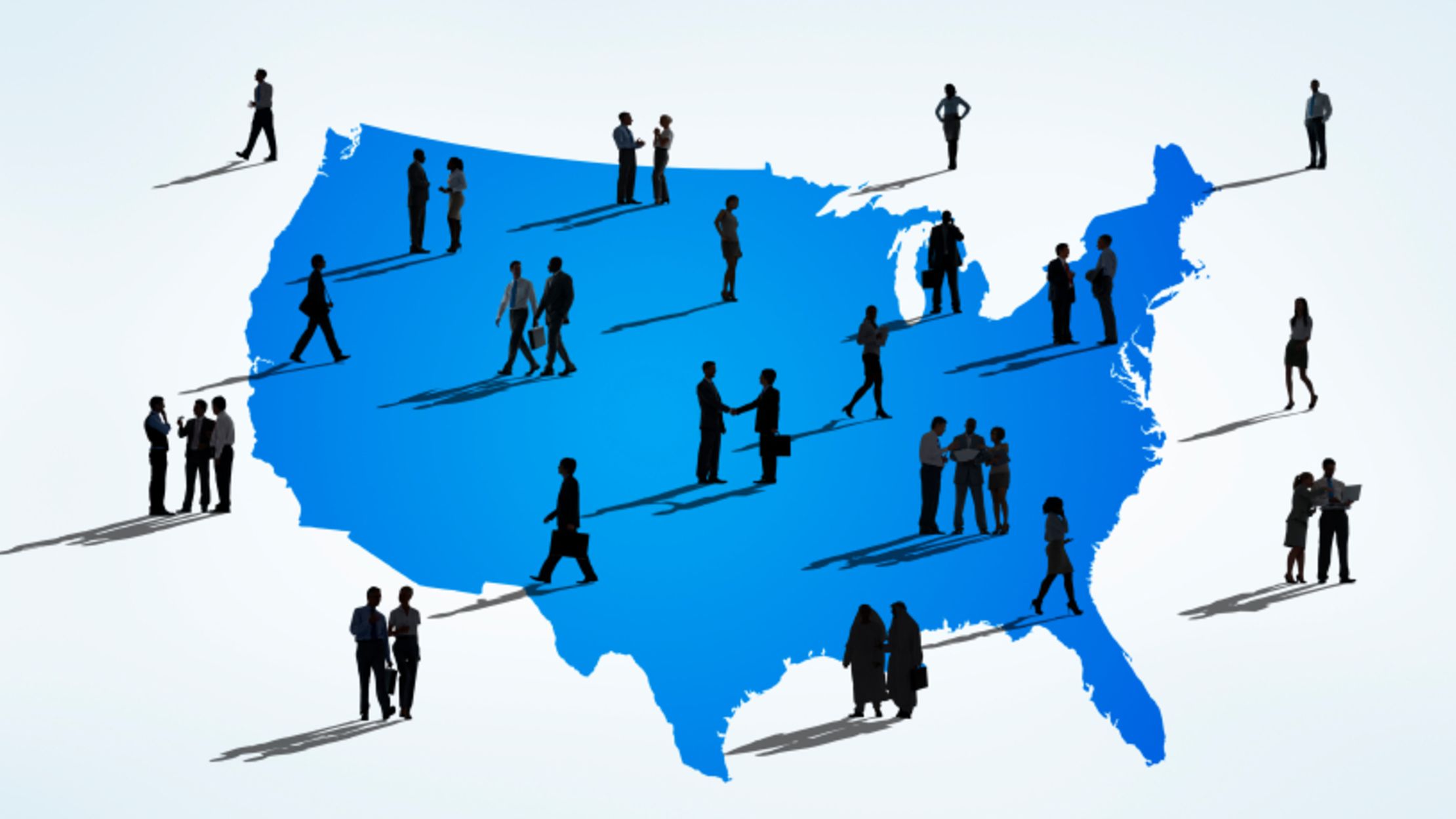
However, young people not living with their families do not enjoy the same access to services-50 percent of unaccompanied homeless youth in 2020 were unsheltered. As a result, families with children are least likely to be unsheltered (only ten percent of unsheltered people were living in families with children). For example, children are often a priority for homeless services systems. However, significant variation exists among populations and subpopulations. Homeless programs and systems provide shelter for most people experiencing homelessness (61 percent in 2020 ). Unsheltered people are considered particularly vulnerable due to their exposure to the elements and lack of safety, among other things. However, some still sleep in locations not ordinarily designated for that purpose (for example, sidewalks, subway trains, vehicles, or parks). The nation has a system of temporary shelters that reaches 354,000 people on a given night.

Importantly, these rates are much higher than the nation’s overall rate of homelessness (18 out of every 10,000).

iii Groups such as Native Americans (45 out of every 10,000) and Black or African Americans (52 out of every 10,000) also experience elevated rates. Native Hawaiians and other Pacific Islanders have the highest rate of homelessness (109 out of every 10,000 people). Throughout American history, private actors have contributed to the status quo, but so has government via actions and inactions resulting in limited housing opportunities, suppressed wages, and other unhelpful outcomes. The reasons for the disparities are many and varied but tend to fall under the umbrellas of racism and caste. However, historically marginalized racial and ethnic groups are often far more likely to experience homelessness. Numerically, white people are the largest racial group within homelessness, accounting for more than a quarter-million people. Higher unemployment rates, lower incomes, less access to healthcare, and higher incarceration rates are some of the factors likely contributing to higher rates of homelessness among people of color. As with so many other areas of American life, historically marginalized groups are more likely to be disadvantaged within housing and homelessness spheres. The overwhelming majority (70 percent) are men. Gender disparities are even more evident when the focus is solely on individual adults (the most significant subgroup within homelessness). Out of every 10,000 males, 22 are homeless. ii Males are far more likely to experience homelessness than their female counterparts. Risk is significantly tied to gender, race, and ethnicity. Comparing rates of homelessness (or a group’s homeless counts within the context or its overall size) reveals which groups are more likely to experience homelessness (or which ones are more at-risk of being in these circumstances). To identify meaningful differences among groups, it is necessary to look beyond overall population counts. Although the homeless population is diverse, inequalities are evident among subgroups. They represent only six percent of people experiencing homelessness. Chronically homeless individuals are currently 19 percent of the homeless population.įinally, due to their service to our country, veterans are often analyzed separately from the larger group.

These individuals have disabilities and have also: 1) been continuously homeless for at least a year or 2) experienced homelessness at least four times in the last three years for a combined length of time of at least a year.

People experiencing “chronic homelessness” belong to another group that is often singled out for attention.


 0 kommentar(er)
0 kommentar(er)
